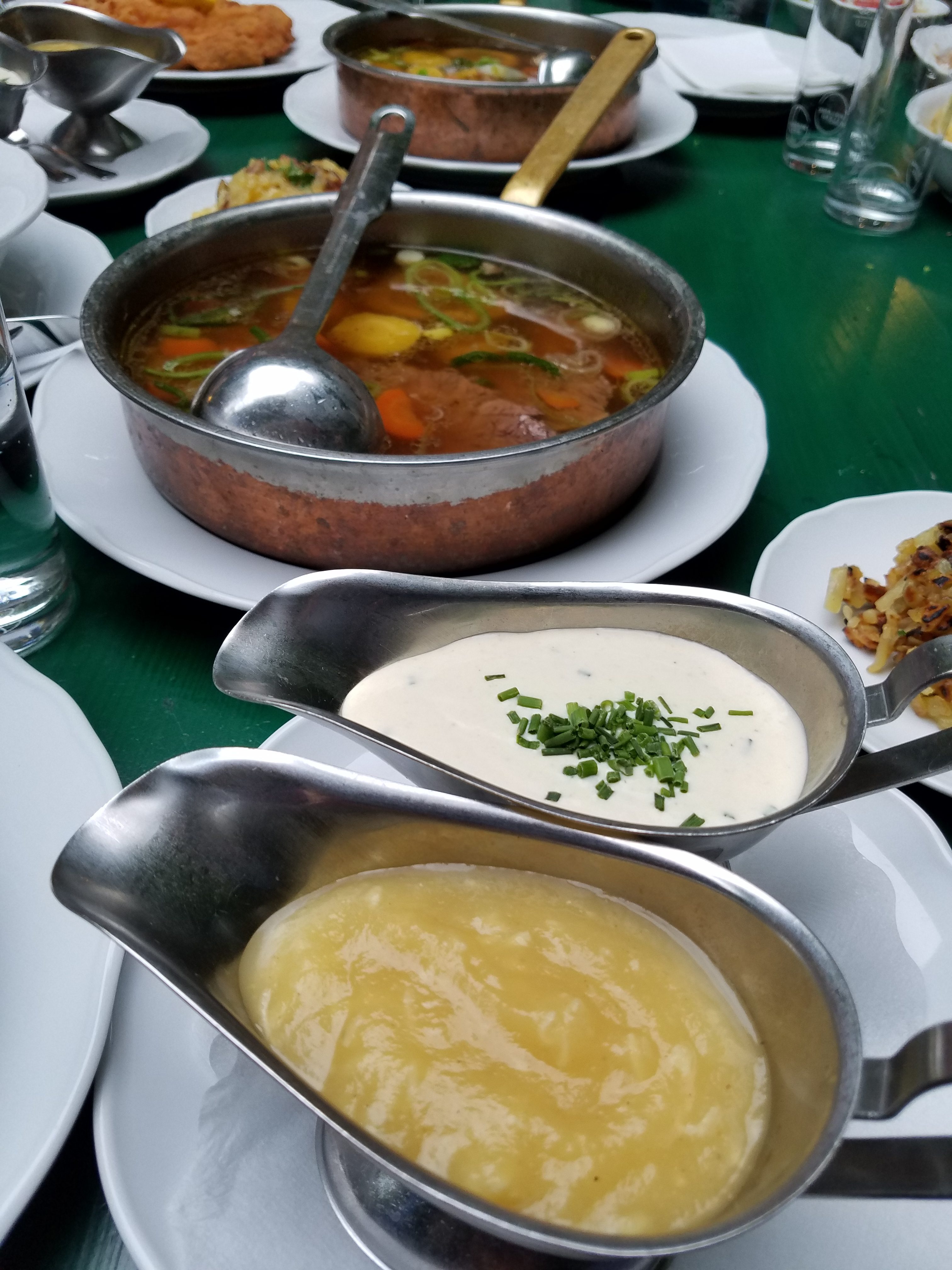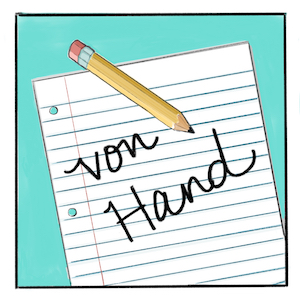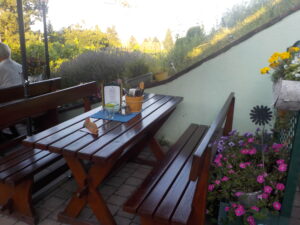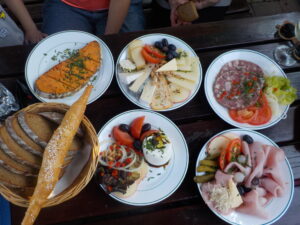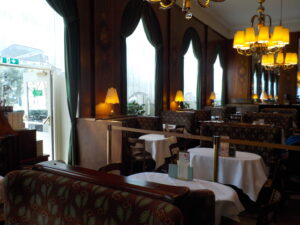In dieser Lektion
Lesen
Im Restaurant
Tafelspitz ist eine Wiener Spezialität. Dieses Gericht ist auch in ganz Österreich und Süddeutschland sehr beliebt. Rindfleisch wird in einer Gemüsebrühe gekocht und im Topf serviert. Zwei Soßen sind auch typisch: Apfelmus und Kräutersoße.
Speisekarten
Imagine that you are having a meal at a restaurant in a German-speaking country and complete the following assignment in three steps.
- Kultur: Find a German-language menu (Speisekarte) online for a restaurant that strikes your fancy. Copy a link to its menu into your assignment.
- Lesen & Schreiben: Pick out what you’d order if you were having a meal at this restaurant. Write a few sentences about what you want to eat and drink. You can also mention what kind of restaurant it is and what dishes or drinks you do not wish to have.
- Wortschatz: Locate at least 5 to 10 words that are new to you on the menu. Look up their meanings and make a vocabulary list of these new words. If they are nouns, be sure to provide their class (der, die, das) and plural forms. Give examples of how they might be used in a sentence.
Strukturen
Modalverben üben
Put the correct form of a logical verb in each blank.
Schreiben
Write a paragraph about the things that your classmates can/should/are allowed to do or not. Here are some hints:
- If more than one person gives the same answer, combine their answers into one sentence. (Modell: Tim und Adan können beide Pizza kochen.)
- If two people give opposite answers, use “aber” to connect them. (Modell: Lea muss Hausaufgaben machen, aber Jakob muss nicht Hausaufgaben machen.)
3. Include your own information. If your answer is the same as one or more of your classmates’ answers, use “auch” to indicate that you do it, too. (Modell: Adan darf Wein trinken, und ich darf auch Wein trinken.)
Hören
Im Restaurant
Watch the video below. Then complete the activity.
Kultur
Österreichische Spezialitäten: Heuriger & Kaffeehäuser
Heuriger
The word “Heuriger” is the abbreviation of “heuriger Wein” (this year’s wine) and regions in lower Austria and Vienna are known for their many “Heuriger.” Heuriger refers to the new wine that a local winemaker serves under a special licence in alternate months during the growing season.
These eating and drinking establishments often have a nice outdoor seating area, where customers are able to enjoy wine and simple, traditional Austrian dishes such as breads with various cheese or meat spreads, pastries (“Mehlspeisen”), or cheese and meat plates.
Das Wiener Kaffeehaus
While there are “Kaffeehäuser” everywhere in Austria, Vienna is known for its coffee house culture, which dates back to the late nineteenth and early twentieth century. Writers, thinkers, artists, and public intellectuals such as Arthur Schnitzler, Peter Altenberg, Stefan Zweig, Gustav Klimt, or Sigmund Freund would meet in their favorite “Kaffeehaus” to exchange ideas and discuss the current socio-political situation with their contemporaries. Some of the most well-known, traditional “Kaffeehäuser” are Café Central, Café Sperl, Café Landtmann (shown in the picture), and Café Hawelka.
“Zahlen, bitte!”
At the end of a meal, it is customary to ask for the check in German-speaking countries. If you wait for the server to bring your check, you may have a very long wait, since the server is unlikely to bring the check before you ask for it.
Arbeit mit der Kultur
 With the help of the Internet, look for a Heuriger or a Viennese Kaffeehaus you would like to visit. What attracted you to the place? What would you eat and/or drink there? What are the specialities of the day (if the place has any)?
With the help of the Internet, look for a Heuriger or a Viennese Kaffeehaus you would like to visit. What attracted you to the place? What would you eat and/or drink there? What are the specialities of the day (if the place has any)?
Wortschatz
Nouns
Dishes & Menu Categories
der Alkohol
die Beilage, -n
das Gericht, -e
das Getränk, -e
das Gewürz, -e
das Hauptgericht, -e; die Hauptspeise, -n
die Nachspeise, -n; der Nachtisch
die Portion, -en
der Salat, -e
die Soße, -n
die Speisekarte, -n
die Suppe, -n
die Vorspeise, -n
Table & Restaurant Vocabulary (mostly non-food)
der Aschenbecher, –
das Besteck (collective noun)
die Gabel, -n
das Glas, -¨er (z.B. das Weinglas, -¨er)
der Löffel, – (z.B. der Suppenlöffel, -; der Teelöffel, -)
das Messer, –
der Pfeffer
die Reservierung, -en
das Salz
die Schüssel, -n
die Serviette, -n
die Tasse, -n (z.B. die Kaffeetasse, -n)
der Teller, –
der Tisch, -e
Traditional Austrian/German Dishes & Meals
der Apfelstrudel
der Marillenknödel
der Gulasch
das Schnitzel
die Spätzle (plural)
das Sauerkraut
die Wurst
Verbs
bestellen
Adjectives & Adverbs
alkoholfrei
reserviert
süß
vegan
vegetarisch
